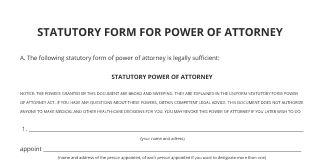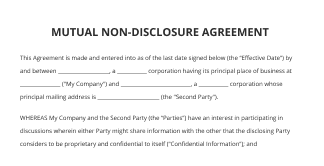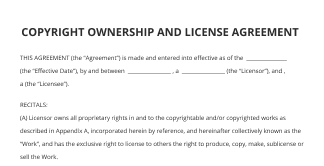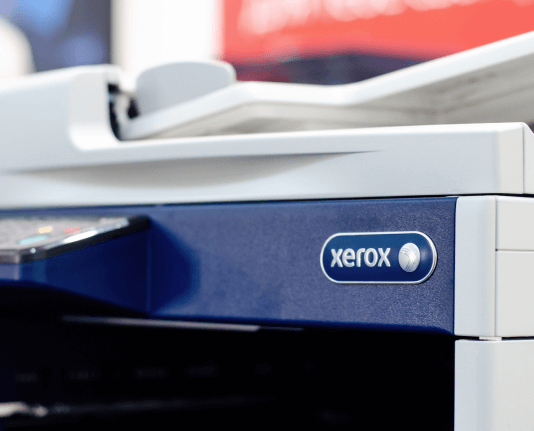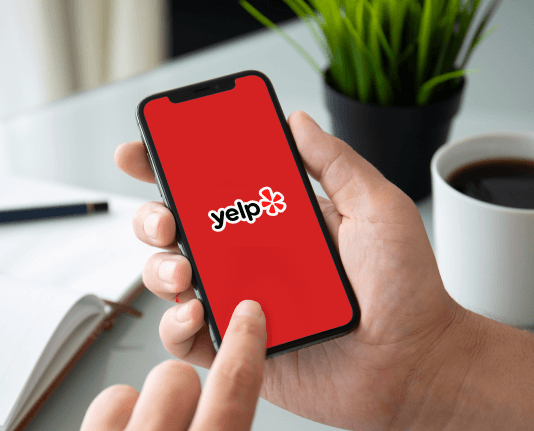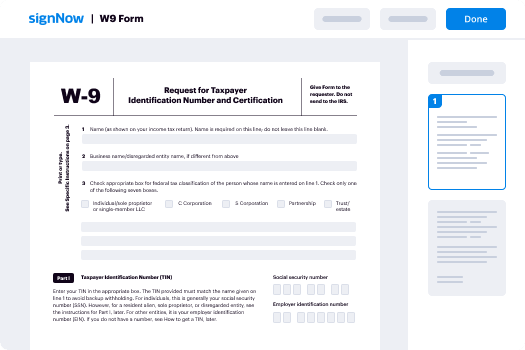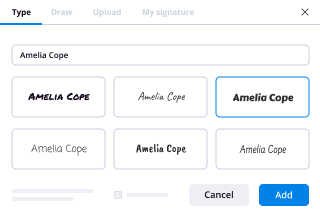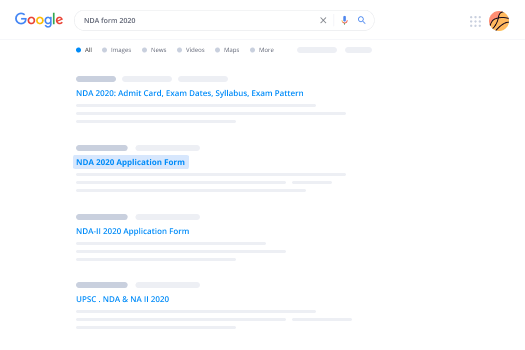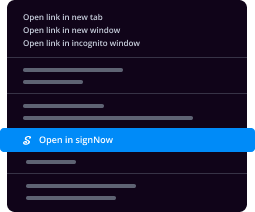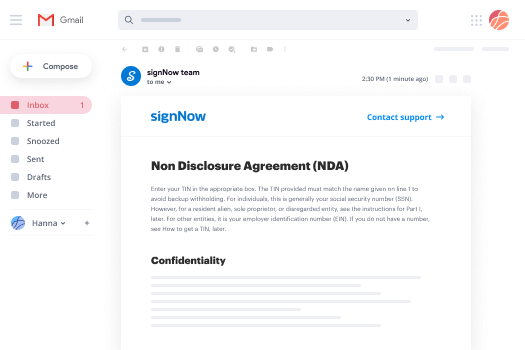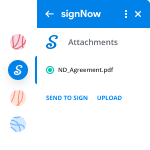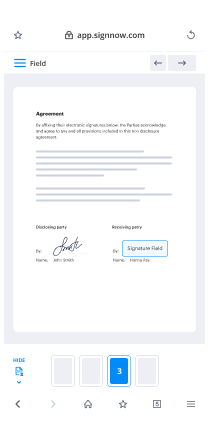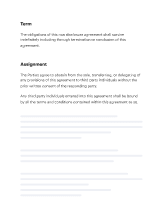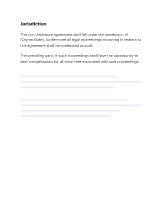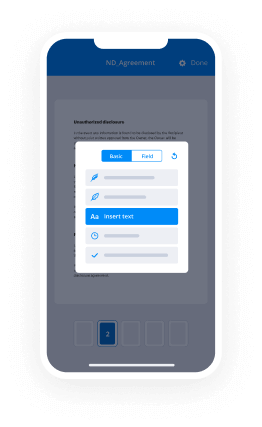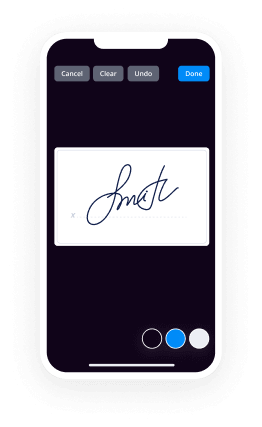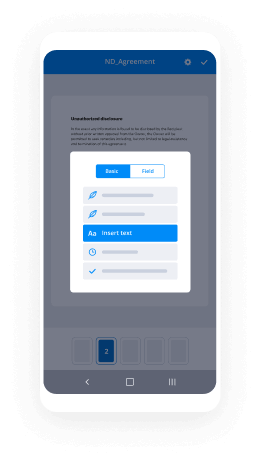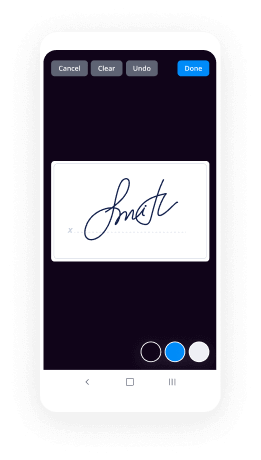CV Du Candidat Pour Signature Simplifié
Faites plus en ligne avec une plateforme d'eSignature mondialement reconnue
Expérience de signature exceptionnelle
Rapports et analyses robustes
Signature électronique mobile en personne et à distance
Règles et conformité industrielles
CV du candidat pour signature, plus rapide que jamais
Extensions eSignature pratiques
Découvrez les signatures électroniques airSlate SignNow en action
Solutions airSlate SignNow pour une meilleure efficacité
Les avis de nos utilisateurs parlent d'eux-mêmes






Pourquoi choisir airSlate SignNow
-
Essai gratuit de 7 jours. Choisissez le forfait dont vous avez besoin et essayez-le sans risque.
-
Tarification honnête pour des forfaits complets. airSlate SignNow propose des abonnements sans frais supplémentaires ni frais cachés lors du renouvellement.
-
Sécurité de niveau entreprise. airSlate SignNow vous aide à respecter les normes de sécurité mondiales.

Votre guide étape par étape — signature applicant resume
En utilisant la signature électronique d'airSlate SignNow, toute organisation peut augmenter ses flux de signature et signer électroniquement en temps réel, offrant une meilleure expérience aux clients et aux employés. Utilisez le CV du candidat pour signature en quelques étapes simples. Nos applications mobiles portables rendent le travail en déplacement possible, même hors ligne! Signez électroniquement des documents depuis n'importe où dans le monde et rendez les tâches plus rapides.
Suivez le guide étape par étape pour utiliser le CV du candidat pour signature :
- Connectez-vous à votre compte airSlate SignNow.
- Trouvez votre document dans vos dossiers ou importez-en un nouveau.
- Accédez au modèle et apportez des modifications en utilisant le menu Outils.
- Déposez des zones à remplir, ajoutez du contenu textuel et signez-le.
- Incluez plusieurs signataires via des e-mails, configurez l'ordre de signature.
- Indiquez quelles personnes recevront une version signée.
- Utilisez Options Avancées pour restreindre l'accès au document et définir une date d'expiration.
- Appuyez sur Enregistrer et Fermer une fois terminé.
De plus, il existe d'autres outils innovants accessibles pour le CV du candidat pour signature. Ajoutez des utilisateurs à votre espace de travail numérique commun, parcourez les équipes et suivez la collaboration. Des millions d'utilisateurs aux États-Unis et en Europe conviennent qu'une solution qui rassemble tout dans un espace de travail holistique unique est exactement ce dont les entreprises ont besoin pour maintenir des flux de travail efficaces. L'API REST d'airSlate SignNow vous permet d'intégrer des signatures électroniques dans votre application, site web, CRM ou cloud. Essayez airSlate SignNow et profitez de flux de travail de signature électronique plus rapides, plus simples et globalement plus efficaces !
Comment ça marche
Fonctionnalités airSlate SignNow appréciées par les utilisateurs
Découvrez des résultats exceptionnels CV du candidat pour signature simplifié
Obtenez des signatures juridiquement contraignantes dès maintenant !
FAQ
-
Comment mettre ma signature sur mon CV?
Clip suggéré
Comment insérer une signature dans un document Word - YouTubeDébut du clip suggéré
Comment insérer une signature dans un document Word - YouTube -
Où dois-je mettre ma signature sur mon CV?
Une signature à la fin du CV agit également comme une validation de votre part que les détails mentionnés dans votre CV sont vrais au mieux de votre connaissance. Il est de bonne étiquette commerciale de signer votre lettre. Cependant, si vous envoyez une lettre de motivation par e-mail et un CV, une signature peut ne pas être nécessaire. -
Où doit se trouver la signature sur une lettre?
Cette information doit être située en haut de la page, soit au centre, soit en retrait du côté droit de l'airSlate SignNow. Vous incluez ensuite le nom et l'adresse de la personne à qui vous envoyez la lettre. À la fin de la lettre, placez votre signature du côté droit de la page. -
Signes-tu en dessous ou au-dessus de ton nom?
La signature comprend votre nom manuscrit et tapé. Pour les lettres formelles et semi-formelles, ajoutez quatre lignes d'espace sous votre clôture, puis tapez votre nom. Dans les lettres formelles, vous devriez inclure votre nom complet; dans les lettres semi-formelles, vous pouvez utiliser uniquement votre prénom. Signez votre nom dans l'espace. -
Comment ajouter une signature à un formulaire?
Allez dans le Constructeur de Formulaires. Cliquez sur le bouton AJOUTER ÉLÉMENT DE FORMULAIRE à gauche. Allez dans l'onglet WIDGETS et utilisez la boîte de recherche. Ensuite, faites glisser votre champ de signature préféré dans le formulaire. -
Signes-tu ta lettre de motivation?
Il est de bonne étiquette commerciale (et montre une attention aux détails) de signer votre lettre. Optez pour la formalité, et si vous avez besoin d'aide pour savoir comment clôturer votre lettre de motivation, considérez ces signatures possibles. Cependant, si vous envoyez une lettre de motivation et un CV par e-mail, une signature n'est pas nécessaire. -
Comment puis-je écrire ma signature?
Clip suggéré
Comment concevoir votre propre signature incroyable - YouTubeDébut du clip suggéré
Comment concevoir votre propre signature incroyable - YouTube
Ce que disent les utilisateurs actifs — signature applicant resume
Recherches associées à CV du candidat pour signature simplifié
Signature applicant resume
Hey everyone this is Self Made Millennial, I'm Madeline Mann. Today I'm going to give you resume tips on how to tweak it to make sure it passes through a company's automated resume scanning software. I'll tell you how to figure out which keywords to put on your resume, how many times you should put them on your resume, where you should put them, so that these resume scanning robots will pass your resume along to actual human eyes so you can get the interview. This is a highly requested video by you viewers so that's why I am doing it, because I am here to serve you. What many job seekers don't realize is that up to 75 percent of resumes are rejected before a human even ever sees them, and that's because basically all companies use an applicant tracking system or an ATS, which is a way for them to organize all the resumes that come in, but some of these companies use the ATS to actually scan the resume and move those along to the recruiters which they think meet certain qualifications. ATS' scan from hard skills and soft skills, not these things that I call "fuzzy facts." Hard skills are things that are tactical and technical, while soft skills are tough to quantify, but they're core to a job like communication skills or ability to negotiate a contract. And the fuzzy facts are things that you label yourself as such as self-starter, high performer, results-driven. Sorry to say but an ATS does not care about those fuzzy facts nor do any humans, so leave them off your resume. So what keywords should you include on your resume? Well I think that you should go find at least 3 or 4 job descriptions that really fit the kind of role that you want, and they're all very similar. Take all of the job descriptions, take all the text, and paste it into a word cloud generator, and I'll link the one I use in the description. And so I'm going to show you an example of a word cloud I generated from 4 UX designer job descriptions. This word cloud tells us the keywords that we need to have on a resume like mock-ups, Agile, Sketch, research, wireframes, as well as some soft skills: creative, collaborate, communication. Now that we know the most important keywords to have on a resume, let's now tailor our resume further to a specific job description. So if I want to apply to this designer role, I take a look at the description, I see that actually we have a lot of these keywords already. We have Agile, we have wireframing, we have Sketch. But we're missing some really important ones such as having experience designing for these kind of platforms and apps. We don't have Gliffy, we would need to put that, as well as we don't have anything about prototyping. So we would likely get rejected by these bots if we don't make these updates to our resume. Make sure those additional keywords are in your resume but do not lie--I'm not telling you to lie. Only put them in if you actually have experience with them. Now let's move on to the frequency and formatting of your keywords. There are 2 ways that an ATS determines the strength of the skill you have. The first is the number of times it appears on your resume, and the second is the amount of time that skill was used based on where it's placed on the resume. Let's optimize for both. Let's start with the number of times a keyword should appear on your resume. So especially for the very important skills, make sure they appear on your resume 2 to 3 times. So for example, design and wireframes were really big so we want to make sure those both appear at least 2 times. I would also determine the importance of keyword by the number of times it shows up in that job's job description. The way to do this is to create a "core competencies" or "areas of expertise" section on your resume that displays your greatest hard and soft skills. But make sure, double check, that there are no fuzzy facts on there. If something has an abbreviation like SEO for search engine optimization, I would include both the abbreviated version and the full version. And then drizzle those keywords into your work experience and education sections where appropriate. Now let's talk about the length of experience for a skill, which is the second way that an ATS determines through keywords if you are qualified. The way the ATS works in this case is they read the amount of time that you were at a job, so let's say it was from January 2015 to January 2018, that's 3 years, so let's say some of the skills you listed, one of them is that you built a training facilitation. So that skill of building training facilitations will now be assigned the amount of 3 years experience. If a skill is just hanging out on its own, like it's up there in that core competency section we were talking about, then it is automatically ascribed 6 months experience. So that's why it's important to reiterate your skills throughout your resume. You know, it's a little bit tricky because I'll tell people this and then they will just pack their resume full of keywords and it's almost like they forgot that humans have to read this, so there's kind of a balance there. You really want your resume to be showing your accomplishments and I really believe that if you're doing this word cloud and you're reading the job description and tuning your resume to be towards that job description, you're going to be okay. So we just went over a lot, let's review. Create a word cloud with a few similar job descriptions and then use those main words to put into your initial resume draft. Second, before you apply to the job, make sure you read the job description. Pull out those additional key words and rearrange your resume to focus on those words. Third, keep in mind the number of times a word shows up on your resume, and you can use a skills section to help with this. Fourth, pay attention to how much time is ascribed to each skill based on the amount of time you're at each job where that keyword appears. And fifth, give it a good read over to make sure that human can still understand your story and accomplishments. That's it everyone, please do not overthink it too much, like I said, most people don't even read job descriptions so I know that you can be better than that. Make sure you hit subscribe because I am coming in hot with new content every week as well as hit a like on this video, because that's how my bots will know that you liked it. Thanks everyone, Wi-Fi high five.
Show more




